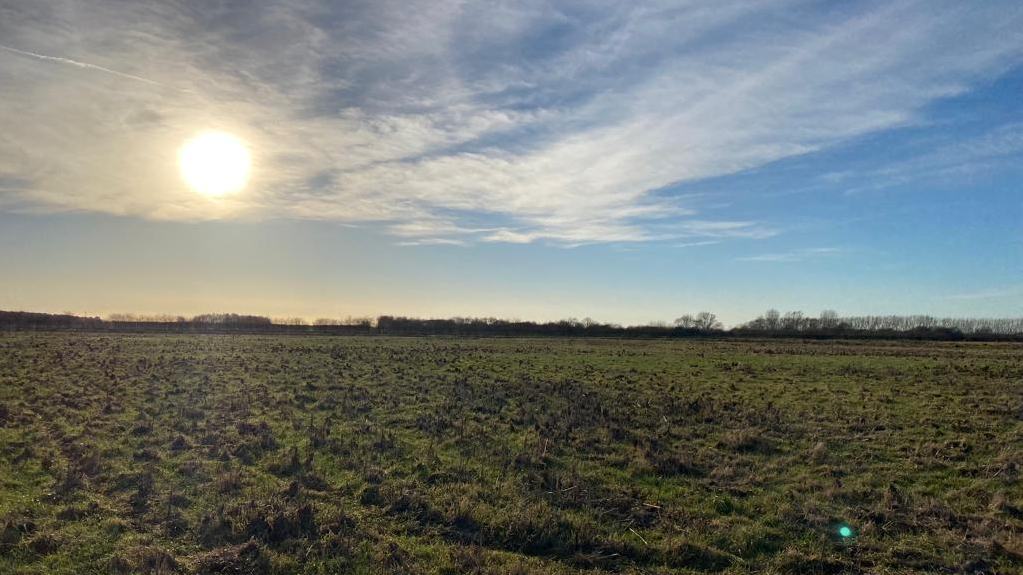Publications and further resources
Miscanthus – the basics
Accelerating the growth of bioenergy crops. (miscanthus case study, 1 minute read).
Miscanthus, a grass for net zero. (3 minute video)
Potential for UK grown biomass
Clifton-Brown et al. (2019). Breeding progress and preparedness for mass-scale deployment of perennial lignocellulosic biomass crops switchgrass, miscanthus, willow and poplar.
Shepherd et al. (2020). Projections of global and UK bioenergy potential from Miscanthus × giganteus—Feedstock yield, carbon cycling and electricity generation in the 21st century.
Hastings et al. (2014). The technical potential of Great Britain to produce ligno-cellulosic biomass for bioenergy in current and future climates.
Energy Technologies Institute (2017). An ETI Perspective – Increasing UK biomass production through more productive use of land.
Lovett et al. (2014). The availability of land for perennial energy crops in Great Britain.
Crop breeding, establishment and management
Clifton-Brown et al. (2019). Breeding Strategies to Improve Miscanthus as a Sustainable Source of Biomass for Bioenergy and Biorenewable Products.
Clifton-Brown et al. (2017). Progress in upscaling Miscanthus biomass production for the European bio-economy with seed-based hybrids.
Environmental Impacts
Milner et al (2016). Potential impacts on ecosystem services of land use transitions to second-generation bioenergy crops in GB.
Attitudes and behaviour
Helliwell (2018). Where did the marginal land go? Farmers perspectives on marginal land and its implications for adoption of dedicated energy crops.
Glithero et al. (2012). Farm systems assessment of bioenergy feedstock production: Integrating bio-economic models and life cycle analysis approaches.
Anand et al. (2019). Adopting Bioenergy crops: Does farmers’ attitude toward loss matter?
Measuring the carbon balance
Hillier et al (2009). Greenhouse gas emissions from four bioenergy crops in England and Wales: Integrating spatial estimates of yield and soil carbon balance in life cycle analyses.
Qin et al (2009). Soil carbon sequestration and land use change associated with biofuel production: empirical evidence. GCB Bioenergy.
Rowe et al (2016). Initial soil C and land-use history determine soil C sequestration under perennial bioenergy crops.
Dondini et al (2016). Evaluation of the ECOSSE model for simulating soil organic carbon under Miscanthus and short rotation coppice-willow crops in Britain.
McCalmont et al (2018). Soil nitrous oxide flux following land-use reversion from Miscanthus and SRC willow to perennial ryegrass.
Morrison et al (2019). Multi-year carbon budget of a mature commercial short rotation coppice willow plantation.
Modelling
Hastings et al. (2009). The development of MISCANFOR, a new Miscanthus crop growth model: towards more robust yield predictions under different climatic and soil conditions.
Smith et al. (2010). Estimating changes in Scottish soil carbon stocks using ECOSSE. I. Model description and uncertainties.

